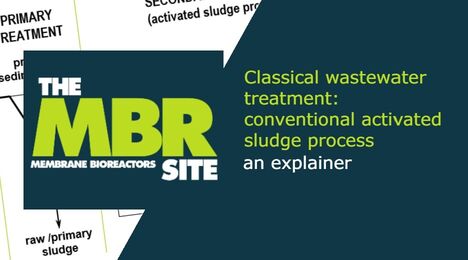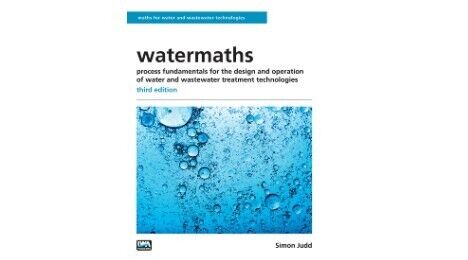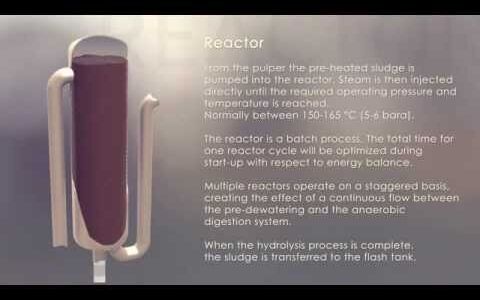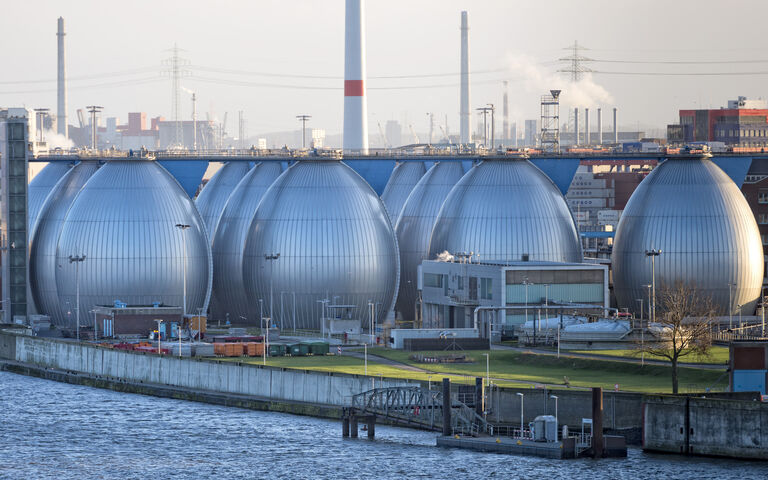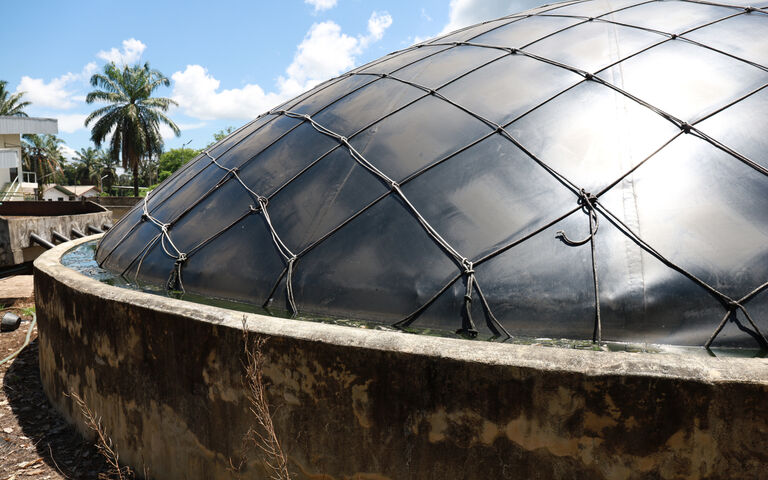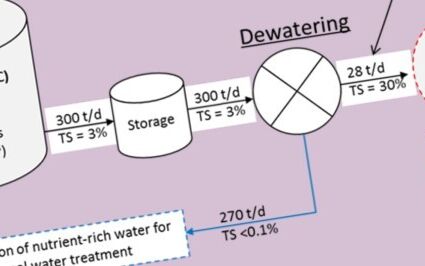Managing anaerobic digestion supernatant in sludge treatment

Managing sludge supernatant
The supernatant is the liquid stream generated from anaerobic digestion (AD) process, the solid waste stream being referred to as the digestate. The supernatant has a high nutrient content (nitrogen and phosphorus): nitrogen and phosphorus are not removed by AD and are instead concentrated and partitioned between the digestate and supernatant. For municipal wastewater treatment applications, this stream is normally returned to the head of works (and is then referred to as the return liquor stream) and blended with the incoming wastewater. If this is not an option, then the supernatant must be treated prior to discharge.
There is also increasing attention focused on recovery of the nutrient content of supernatant streams since both ammonia and phosphorus can be used as fertilisers.
Because the supernatant streams have a low COD/TKN (chemical oxygen demand/total Kjeldahl Nitrogen) ratio, biological nutrient removal via conventional denitrification/ nitrification is not generally viable, since this process relies on C:N ratios above 10:1. Instead, alternative ammonia removal processes have been explored for this duty, both biological (nitritation/denitritation, Annamox) and physicochemical (ion exchange, phosphate or struvite precipitation).
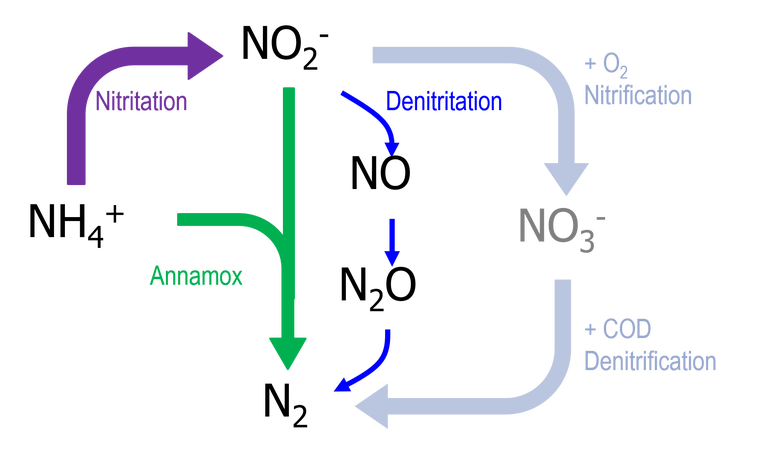
Biological nutrient removal via conventional denitrification/nitrification
Processes based on recovery of phosphorus as struvite (NH4MgPO4·6H2O) precipitate have been extensively examined. Some commercial technologies (e.g. Ostara and Struvia) now exist for this application.

